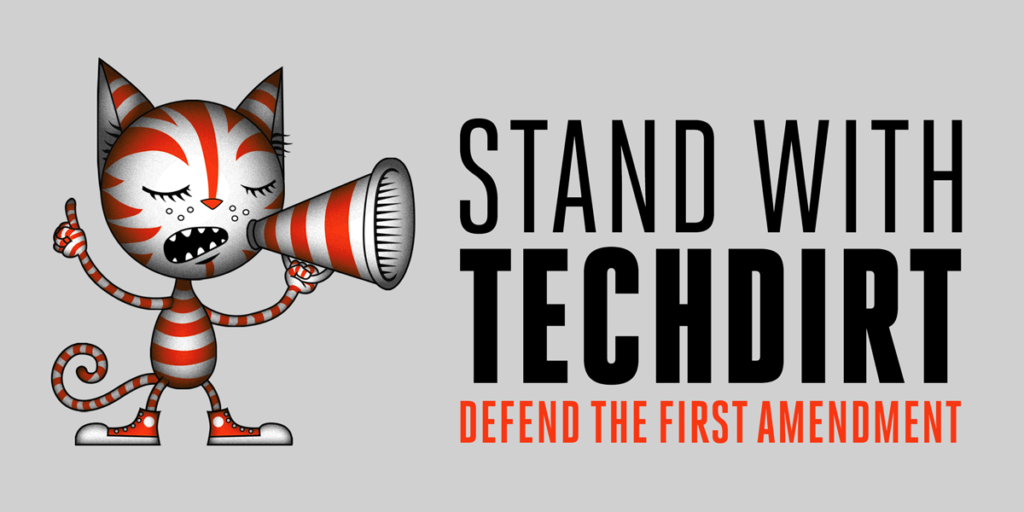
Meet Tucker. He’s mine. Does his owner look dangerous to you?
When last we visited New York’s dog law, it was really good for dog owners, but not so good for those that were injured by their negligence. New York, you see, is an outlier to the vast majority of states. While in most states you can successfully sue the owner for the owner’s negligence, in New York, you have to blame the dog.
And by blame the dog, I mean show a previously known vicious propensity. You know the old adage about each dog getting one bite? That’s where it comes from, since the bite gives notice to the owner of an, ahem, issue.
If you have a good dog, on the other hand, but a dumb owner that lets the pooch run loose in places pooches shouldn’t be running loose, you can’t sue. At least not successfully. Owners have absolute immunity for their own negligence.
Yeah, that’s a dumb rule. But it was nevertheless reaffirmed two years ago by New York’s top court in Doerr v. Goldsmith when a dog owner called for his dog to come, and the dog obeyed, as it ran across the street in Central Park into the path of a bicyclist.
New York’s Appellate Division, First Department (we have four departments of this intermediary appeals court) thought that suit should go forward. Our top court said otherwise in reversing, telling the injured plaintiff, too fuckin’ bad. That’s a legal phrase of art that lawyers must sometimes use to explain things to clients.
Much unhappiness around, unless you think people should have immunity for their negligent conduct.
Today, the First Department does it again, once again challenging the illogical view of the Court of Appeals. In Scavetta v. Wechsler a dog owner tied his 35-pound dog to an unsecured 5-pound dog rack.
Owner went toward store. Dog followed. Dog heard scraping and screeching of dog rack he was towing, freaked out, and bolted. Rack clobbers Good Samaritan trying to help panicked dog.
So this is another case of Good Doggie, Bad Owner. (OK, maybe negligent owner is the better way to write that, but it doesn’t have quite the same rhythm, does it?)
Can you bring suit solely based on the conduct of the dog owner? Indeed, the plaintiff actually stipulated to the fact that the dog did nothing vicious. This was strictly about owner negligence.
The First Department gets right to it in just the second paragraph. After first stating that it is constrained to follow precedent from Bard v. Jahnke (“when harm is caused by a domestic animal, its owner’s liability is determined solely” by the vicious propensity rule), a unanimous panel of the court goes on to decry the sad state of New York law and virtually begging the Court of Appeals to reconsider its unsound policy:
At the same time, we take this opportunity to acknowledge plaintiffs’ persuasive argument that the Bard rule may be neither prudent law nor prudent policy. As this case illustrates, a plaintiff cannot recover for injuries caused by a dog that has not demonstrated vicious propensities, even when the injuries are proximately caused by the owner’s negligent conduct in controlling or failing to control the dog. This rule immunizes careless supervision of domestic animals by their owners and leaves those harmed in the State of New York without recourse.
Yeah, I added that emphasis. Immunity. That is what the Court of Appeals has continued to grant for negligent conduct, and it runs counter not only to the rule from the Restatement (Second) of Torts (§ 518 permitting liability where an owner of a domestic animal is negligent in failing to prevent harm caused by the animal), but counter to the rule in the vast majority of states.
The court explained its logic, writing that:
In these circumstances, negligence liability would be in keeping with the principles of fundamental fairness, responsibility for one’s actions, and societal expectations (see Doerr, 25 NY3d at 1148 [Fahey, J., dissenting]) — assuming a jury would deem unreasonable defendant’s failure to ensure that the rack was secured before he tied his dog to it. It is not unreasonable to expect dog owners to restrain their dogs in public unless unleashing them is safe or specifically permitted at certain times and locations, as evidenced by local leash laws.
I hate block quotes, but this analysis by the First Department is the essence of what our top court has done:
Under the current rule articulated by the Court of Appeals, it appears that pet owners would be permitted to act in any number of objectively unreasonable ways when supervising their nonvicious pets, because New York law does not place upon them a duty to observe any standard of care …It seems…that under the law of New York at present, permitting a domestic pet that has not displayed vicious propensities to run at large under any circumstances – even when doing so would be clearly dangerous – would never give rise to a claim sounding in negligence. We find this to be most unsatisfactory as a matter of public policy and would recognize a cause of action for negligence in appropriate circumstances.
Let’s hope the plaintiff takes an appeal, and let’s hope that this anachronism of immunity that the court has bequeathed upon animal owners (including me, as the owner of the pictured pooch above) is laid to rest. Six feet under.




